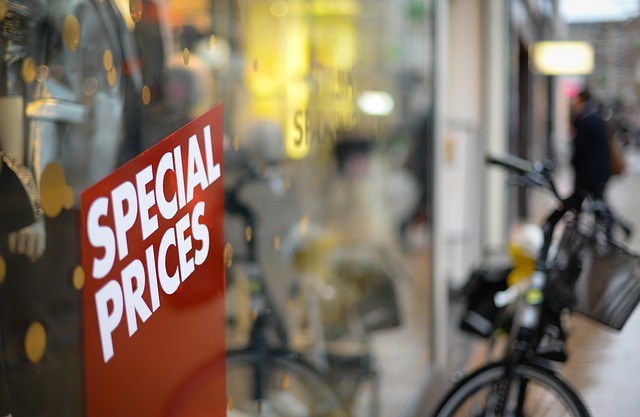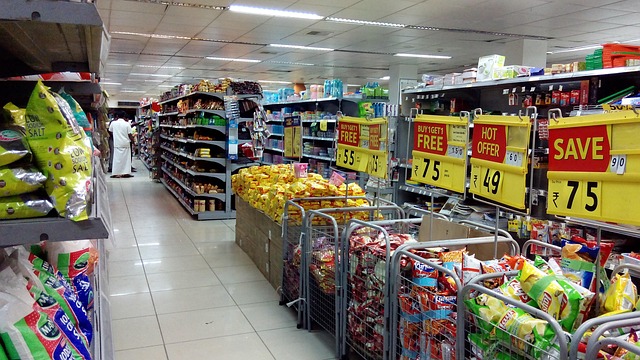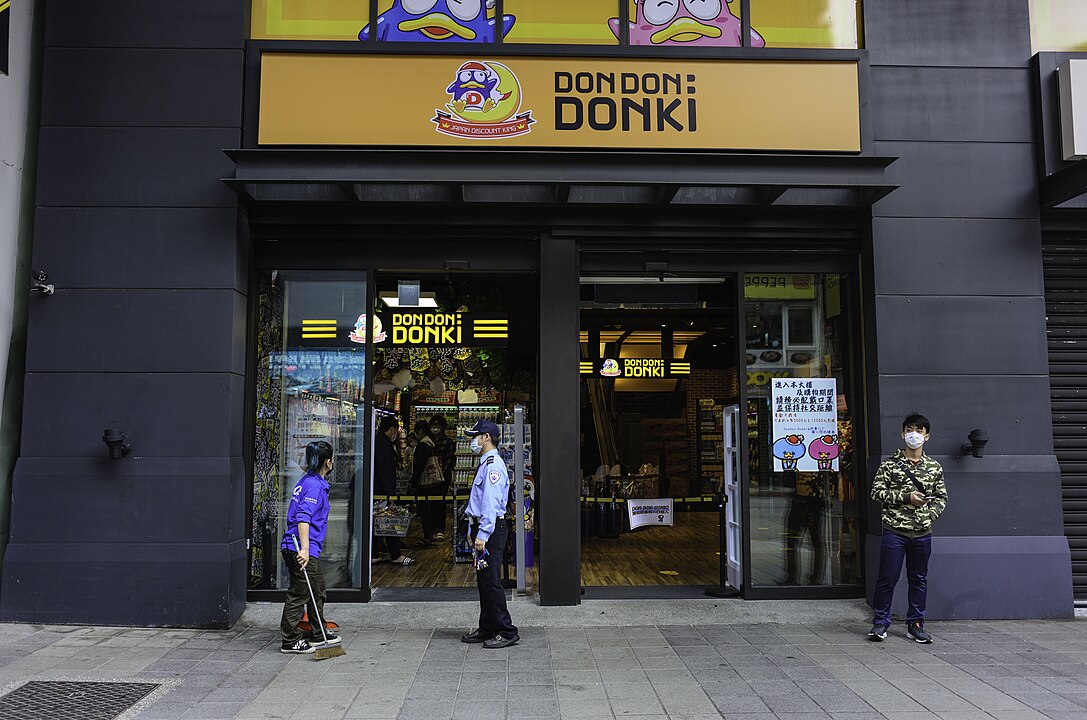POP marketing attracts attention in a way that traditional advertising cannot. It is one of the most effective and economical marketing methods, engaging customers at just the right moment to drive purchase decisions.
In fact, up to 70% of in-store purchases happen on impulse. While a beautiful storefront might attract foot traffic, it's often clever POP strategies that turn browsers into buyers.
Key Takeaways
POP Marketing uses bright signs and fun events to get shoppers to look. It makes people want to buy things quickly. Different POP displays, like shelf signs and endcaps, help shoppers find things fast. They help people choose what to buy. POP marketing uses colors, simple messages, and fun features. This makes shopping fun and easy. Limited-time deals and digital tools like QR codes make people act fast. They help people get interested and buy more. Using both in-store and online POP marketing helps brands reach more people. It also makes shopping special and easy to remember.
What is POP Marketing
POP (Point-of-Purchase) marketing refers to marketing efforts placed where customers make purchase decisions—such as near aisles, shelves, or checkouts. These can be short-term or permanent displays aimed at grabbing attention and encouraging unplanned purchases. These tools tell stories, showcase benefits, and help make shopping more enjoyable.

Difference Between POP and POS Marketing
Many people think POP and POS mean the same thing, but they're actually quite different.
POP stands for Point-of-Purchase. It refers to all the in-store displays, signs, and visual cues that help customers decide what to buy before they reach the checkout.
POS stands for Point-of-Sale. This is the spot where the transaction happens—typically the checkout counter—and marketing here focuses on those last few seconds before payment.
POP marketing | POS Marketing | |
Definition | Marketing of products in the store, including window signs, product displays, and promotional materials. | Marketing at the place where the transaction occurs, usually the cash wrap area. |
Marketing Materials | Free-standing displays, endcap signs, shelf talkers, window signs, banners, floor graphics. | Countertop displays, register signs, impulse racks, gift card displays, loyalty program info. |
Focus | Attract attention, educate customers, promote sales, and inspire interaction with products. | Encourage extra sales, impulse buys, and build brand loyalty at checkout. |
Customer Journey | Engages customers throughout the store before purchase decision. | Engages customers at the final moments of shopping, influencing the transaction and brand perception. |
In short, POP displays are spread throughout the store and help spark interest early in the shopping journey. POS displays, on the other hand, are located right at the register and aim to drive impulse buys in the final moments.
Both strategies are powerful—but they work at different touchpoints in the customer's path to purchase.
Main Forms
POP marketing comes in many shapes both inside stores and online, all aiming to catch shoppers' attention and encourage them to buy. Here are some popular examples:

In-Store POP Marketing Examples
Counter Displays
Small stands placed near the checkout with items that customers can quickly grab—think snacks or travel-sized products.Shelf Talkers
Little signs or tags attached to shelves that highlight deals, new products, or special recommendations.Interactive Displays
Touchscreens or kiosks where shoppers can explore product info, watch demos, or find out about offers.Floor Stands
Freestanding displays placed in aisles, perfect for showcasing seasonal or special items that you want customers to notice.Temporary Displays
Lightweight setups designed for short-term promotions, like holiday sales or new product launches—they’re easy to swap out.Semi-Permanent Displays
More sturdy displays built to last for a few months, great for longer campaigns or ongoing promotions.Permanent Displays
Fixtures built into the store, usually showcasing core or best-selling products.Digital POP Displays
Screens or digital price tags that show prices, videos, or ads—adding a modern, tech-savvy touch.End Caps
Displays at the ends of aisles—prime spots to grab attention and encourage impulse buys.Dump Bins
Large open bins filled with small, easy-to-pick-up items—perfect for clearance or add-on sales.
Motion and Robotic Displays
Displays that move, light up, or make sounds to attract attention and create an engaging experience.
Online POP Marketing
Online, brands use banners, pop-up windows, and augmented reality (AR) features to catch shoppers' eyes. For example, stores with AR mirrors have seen sales increase by over 30%. Younger shoppers especially love these interactive digital experiences.
Why POP Marketing Works
Consumers are often influenced by visual cues and limited-time offers, especially when they're undecided. POP marketing is effective because it amplifies the appeal of products and promotions at the moment when customers are most likely to make a purchase.
Common Types of POP Displays
Shelf Signs: These small signs hang from shelves to highlight sales, new arrivals, or important information. They remind customers of items they may have forgotten or weren't aware were on sale.
End Caps: Located at the ends of aisles, end caps are prime spots for showcasing bestsellers, seasonal deals, or limited-time offers. Their high visibility naturally draws shoppers in and often sparks impulse purchases.
Floor Decals:Besides looking fun, they can also guide customers to specific areas or products. Children love them when families shop together.
The Psychology Behind It
POP marketing aligns with how people naturally shop.
It grabs attention through bold visuals and placement. Studies show shoppers are drawn to these displays and spend extra time looking at them, making them hard to overlook.
It prompts impulse buys by highlighting tempting items at key moments. POP displays strategically place items that are more likely to lead to purchase decisions (such as near the checkout counter), prompting customers to purchase unplanned items.
It simplifies choices by offering product info. These displays can highlight special offers, quickly introduce new products, and help shoppers find what they're looking for more easily.
It makes shopping enjoyable with fun, engaging visuals. POP elements, such as playful floor graphics, make shopping more engaging and create a more enjoyable experience for adults and children alike.
POP Marketing at Don Quijote (Donki)
Donki is a well-known Japanese discount store, and one of its most iconic features is its extensive use of POP advertisements.
At Don Quijote, POP signs go beyond promotion, they resemble marketing art, combining visuals, humor, and creativity to captivate shoppers. At locations like Kirakira Donki in Shibuya, you'll find them covering shelves, walls, and hanging from the ceiling. They're vibrantly colored and playful, often featuring bold fonts and cartoon-style illustrations that feel lively and direct.

What makes their pop signs stand out is their personal touch. Many include catchy, informal slogans that highlight low prices, best-sellers, or staff favorites. The language is often casual and humorous, helping to build a friendly connection with shoppers. Some even include staff comments or hand-drawn characters, adding to the appeal. These eye-catching POP signs clearly guide customers as they navigate the store. Beyond simply highlighting special offers, many pop signs feature humorous product features and reasons to buy. They often persuade or encourage customers to make a purchase.
Donki proves that effective POP marketing isn't just about pushing promotions. It's about creating a shopping experience people remember.
How to Use POP Marketing Effectively
Eye-Catching Visuals: Colors, design, bold messaging
Color and design help get people's attention fast. Studies say color affects 90% of quick shopping choices. Shoppers spot bright signs and big posters in busy stores. These displays use bright colors, big letters, and cool pictures. This makes products easy to see. Window graphics and huge signs show what a brand is about. They also help shoppers feel something about the brand. When people see these displays, they remember the brand and want to look around more.
Big displays help products stand out and make people buy fast.
Good printing and strong materials make the brand look better.
Posters and banners at eye level or busy spots get noticed more.
Product Placement: Strategic shelf positioning
Where a product sits on the shelf is important. Products at eye level sell more because people see them first. Displays at the end of aisles catch people who buy on impulse. Shelf talkers use bright colors and clear letters to show deals and new things. Putting snacks near drinks makes people want to buy both. Neat shelves help shoppers find what they want and see new things.
Eye-level spots help best-sellers sell more.
Endcaps and checkout displays make people buy at the last minute.
Planograms help stores put products together for more sales.
Clear Benefits: Simple, fast-to-read product value
Shoppers want to know why they should buy something. Simple messages help them decide quickly. Value statements tell how a product helps or solves a problem. Brands use easy words and big letters to show why the product is good. Customer reviews help people trust the brand. Using the same message everywhere helps shoppers remember the brand.
Use easy words to show why the product is good.
Point out what makes the product different.
Show reviews or stories from customers to build trust.
Limited-Time Offers: Urgency triggers
Limited-time deals make people want to buy fast. When shoppers see a countdown or “Only Today,” they feel they must act now. This feeling makes them buy before the deal ends. Studies show people buy more when they think they might miss out. Brands use words like “Buy Now” or “Save 20% Today” to make people decide quickly. But if brands use these deals too much, shoppers may stop caring.
Urgency and scarcity can help sales, but brands should not overuse them or shoppers will get tired.
Stories and fun marketing are important too. When brands use stories, shoppers feel closer to the brand and remember it. Stories make people feel things and help them remember later. Fun pop displays and events make people want to share their experience, which spreads the brand's message even more.
The Rise of Digital POP Displays
Digital POP displays—like electronic price tags, digital signage, and interactive screens—are becoming more common in modern retail stores. These tools help brands update pricing and promotions quickly without reprinting materials.
They also attract attention with movement, light, or changing content, making displays more dynamic than static signs. For example, a screen can rotate product highlights, show real-time discounts, or display videos of how a product works, all right at the shelf.
Digital POP tools also allow for personalized content, such as localized offers, language options, or customer-specific recommendations. When combined with tools like QR codes or touchscreens, they turn shopping into a more interactive and engaging experience.
As retail evolves, integrating digital POP into your store is a smart investment.
In the future, there will be more live events and smart tools like AI. Stores will also use displays that are better for the planet. Marketers should try new ideas and watch how people shop. By experimenting with creative displays and tracking what draws customer attention, retailers can learn which experiences truly engage shoppers.
Boost Sales and Engagement with MinewTag's Smart POP Display Solutions
MinewTag helps retailers take their POP marketing to the next level with smart digital display technology. From smart shelf labels to dynamic signage, our solutions make it easy to deliver real-time product info, promotions, and personalized content—right where it matters most. With seamless integration into your inventory and pricing systems, you can manage campaigns centrally and update displays instantly across all store locations. Create a more engaging, efficient, and memorable shopping experience with MinewTag.











